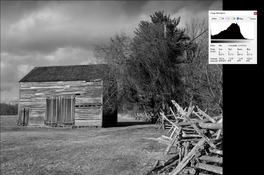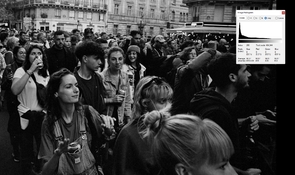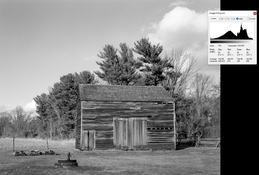- Joined
- Oct 11, 2006
- Messages
- 2,190
- Format
- Multi Format
"Tonality" is a word that gets used a lot in these discussions. Can anyone give a clear definition of what is meant by the word "tonality" in relation to photography? Maybe we should keep it simple and just restrict the discussion to Black and White prints.
I realize that there has been some discussion on this topic in the past, but I'm still confused because... well I guess I just too simple-minded to understand how some people describe the concept.
I would like to see tonality defined in terms of some kind of measurable quantities. It could be signal/noise. It could be contrast. Maybe it's dynamic range, or maybe it is defined in terms of the linearity (or lack of linearity) in the characteristic curve. I just don't know, and I'm not sure that there is even an agreed-upon definition.
Can someone clarify this for me?
Thanks.
I realize that there has been some discussion on this topic in the past, but I'm still confused because... well I guess I just too simple-minded to understand how some people describe the concept.
I would like to see tonality defined in terms of some kind of measurable quantities. It could be signal/noise. It could be contrast. Maybe it's dynamic range, or maybe it is defined in terms of the linearity (or lack of linearity) in the characteristic curve. I just don't know, and I'm not sure that there is even an agreed-upon definition.
Can someone clarify this for me?
Thanks.







